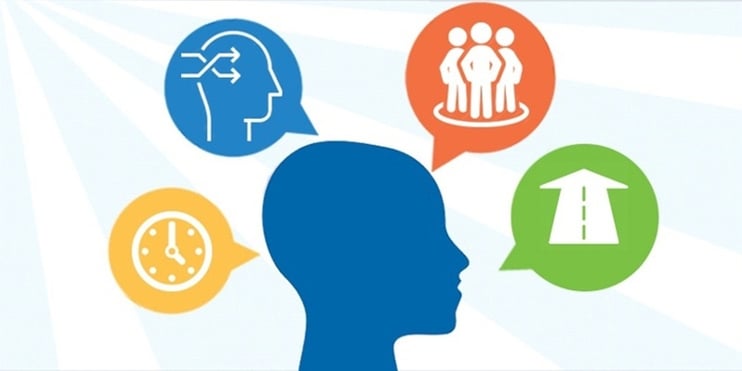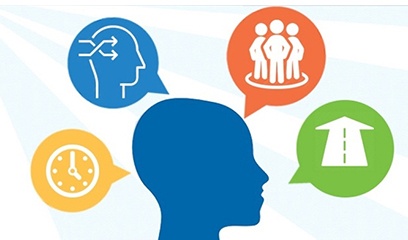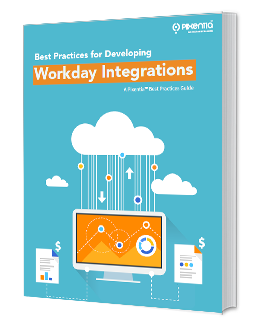
Migrating to Workday® from a legacy system will change the way you manage your business. It will touch everyone in your organization, and will create new possibilities for improving the capability of your people.
Implementing such a powerful tool is by necessity a complex endeavor. However, the time you spend in optimizing your Workday® platform will pay off in reduced costs, speedier execution, better decision support, and improved performance.
Careful preparation and planning will lower implementation costs. It will also reduce your risks and prevent delays. As you prepare, consider these four recommendations from our experts:
1. Plan for the FutureNo doubt you have already done a careful review of your business and workforce strategies while you were making your human capital management platform decision. It will be helpful at this point to review what you envision as the future state of your workforce and the projected changes in your business.
- What are your organizational growth plans? Are you expanding into new geographical areas? Will you need to support new product lines?
- Are you planning major organizational realignment?
- What will the shape of your workforce be? Will you be using more contingent workers and contractors? More remote workers?
The implementation team should include at minimum every business function, every HCM process, your technical team, and your executive sponsors.
In the preparation stage of the implementation, you will evaluate data flow from, to, and about people from every function in your organization. Even business segments that perceive themselves as “not HR” will be affected. They will enjoy improved workflow, better decision support, and improved talent management functions.
Involving people from the beginning, even those with a peripheral role, has other advantages.
- Participants will discuss the coming changes with their colleagues and pave the way for faster user adoption. Be mindful that such information flows laterally more than vertically.
- Decision makers are connected directly to the project.
- Participation helps instill a sense of ownership.
- People will gain a new understanding of the depth and reach of talent management and how it affects business results.
Your new team will help you assess the current state of your HCM technology and processes.
3. Assess the Current StateDocumenting the current state of your HCM processes and technology will prepare you for the project kickoff. One of the first things your implementation partner will want to do is discuss the current state of your HCM activities. Process maps of your current activities will prepare you for the discussion.
Map Your Processes
Taking the time to map your current processes and data flow will speed your implementation and prevent configuration and workflow errors. If you don’t have a process mapping expert on your team, your IT business analysts will be able to help you.
Identify the pain points in your current processes. What is working well? What are you not doing well or not at all? Where are you performing manual operations that machines could do better? What are the critical decision points?
Map Your Data Flow
As you map processes, identify how data flows among your various platforms. For each data transfer, document the data structure (schema) and data conversions necessary to transfer the information. Your technical team may be able to provide all the documentation you need.
Where connections don’t exist, consider where integration with external platforms could add value. Your organization might benefit from integration with Customer Relationship Management or call center management software. Consider also where data flow into the Workday® platform could help consolidate reporting for better business analysis.
Assess Your Data
We recommend you make data governance an integral part of your business strategy. Your data is a strategic asset and managing it well has become a business necessity.
Data Profiling
Where you have data in disparate systems, you will need to determine which datasets you will import into your Workday® system of record. Data profiling will help you assess the current state of your data, but it requires careful planning. David Loshin, president of Data Integrity Inc., warns of the need to determine the effort required and balance it with the business value of the result. Your implementation partner can help you identify the right data profiling tools for your situation.
Data Cleanup
Your users must be able to trust the data. Missing or erroneous data erodes their confidence in its validity, and will discourage them from using it to make decisions. Clean data builds the confidence necessary for user adoption.
Trying to attain data perfection is not realistic. Reaching optimum data quality requires an evaluation of each data set’s condition and its contribution to the business. For example, user profiles for succession planning often contain inconsistent data such as the names of schools attended, but such data is rarely mission critical. If you are in a unionized or civil service environment, cleaning up seniority history may be vitally important.
Scrubbing data manually is a tedious, labor-intensive task, but there are many cost-effective data scrubbing tools available to help clean large data sets. Your implementation partner can help you select the right tools for your situation.
4. Create a Change Management PlanIt is never too early to start change management. The ideal starting point is during your assessment of the current state. Ask people to identify processes that need improvement and the missing elements of your current technology. You will sow the seeds of dissatisfaction with the status quo and create the desire for change.
We recommend ensuring the success of your project by making user adoption a project goal, designing for end users, and executing a comprehensive change management, communication, and marketing plan. Make your end users a part of the solution by asking them for their input at the beginning of the project. Keep them informed of progress and critical decisions, and market the benefits of the new way of working.
References:
Pixentia is an enthusiastic team of individuals, fervent to make lives simpler through effective use of technology. Our mission is to implement solutions that drive business results. Know more insights from our thoughts and experience.



